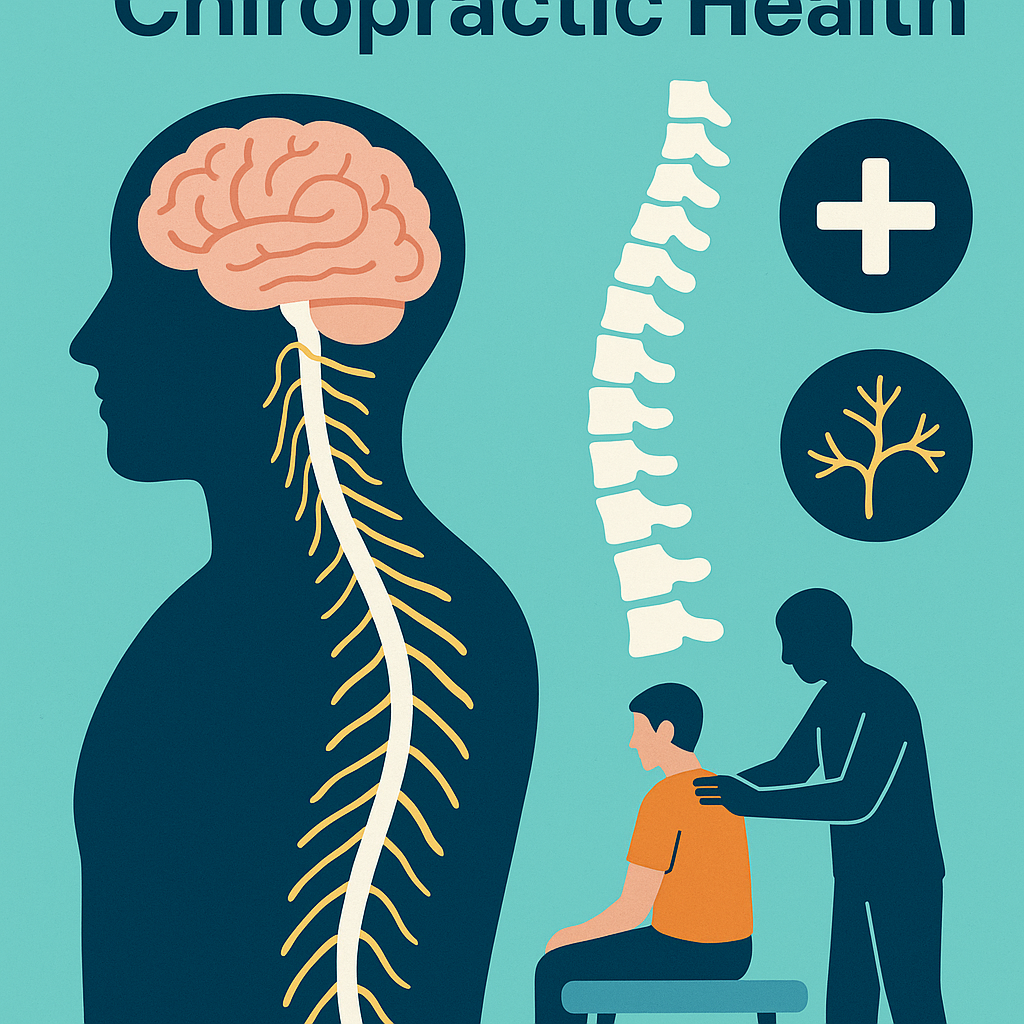Table of Contents
ToggleChiropractic Techniques Explained
Chiropractic Techniques Explained, and when people think of chiropractic care, they often imagine spinal adjustments or “back cracking.” However, chiropractic care is far more nuanced. There are dozens of distinct techniques used by chiropractors to restore spinal alignment, relieve pain, and improve overall wellness. In this article, we’ll explain the most widely used chiropractic techniques—from the precision of Gonstead to the gentle Activator Method.
Whether you’re new to chiropractic care or exploring treatment options, understanding these methods can help you make informed decisions. Visit Local Chiropractors List to find professionals in your area who specialize in these techniques.
Understanding Chiropractic Techniques
Chiropractic techniques are hands-on or instrument-assisted methods used to adjust the spine and other joints. The goal is to correct misalignments (subluxations), relieve pressure on the nervous system, and improve functions.
Each technique has its philosophy, diagnostic process, and adjustment style. Here are the most popular and respected techniques practiced today.
1. The Gonstead Technique
Precision in Spinal Adjustments
The Gonstead Technique is one of the most detailed chiropractic methods. Developed by Dr. Clarence Gonstead, this technique focuses on the spine’s structural foundation and emphasizes precise adjustments.
Before treatment, chiropractors use a thorough assessment including:
- Full spine X-rays
- Palpation (feeling the spine)
- Instrumentation using the Nervoscope to detect inflammation
The Gonstead method is especially effective for patients with lower back pain, sciatica, and disc problems.
2. The Activator Method
A Gentle, Instrument-Based Approach
The Activator Method is a gentle technique using a small handheld instrument called the Activator Adjusting Instrument. It delivers a quick, low-force impulse to specific areas.
This method is ideal for patients who prefer non-manual adjustments, such as:
- Elderly individuals
- Children
- Patients with osteoporosis
Chiropractors use leg length analysis to determine where to adjust. The controlled, targeted force minimizes discomfort and provides precise correction.
3. Diversified Technique
The Most Common Chiropractic Technique
The Diversified Technique is widely taught in chiropractic schools and is what many people associate with traditional spinal adjustments.
It involves high-velocity, low-amplitude (HVLA) thrusts to realign spinal segments. The characteristic “popping” sound is due to gas being released from the joint capsule, not bones cracking.
Diversified is versatile and effective for treating:
- Headaches
- Joint dysfunction
- Postural problems
4. Thompson Drop-Table Technique
Using Gravity for Gentle Adjustments
This method uses a special table with segmented cushions that drop slightly during adjustments. The drop pieces allow chiropractors to use less force while achieving results.
The Thompson Technique is excellent for adjusting the pelvis and lower back, especially for patients who are uncomfortable with manual thrusts.
It is often combined with leg-length analysis and other diagnostic tools.
5. Flexion-Distraction Technique
Targeting Disc Herniations and Sciatica
Flexion-Distraction is a technique often used for patients with disc bulges, herniated discs, or spinal stenosis.
It involves a specially designed table that flexes and distracts the spine, allowing the chiropractor to gently decompress affected areas.
This approach is non-forceful and often provides relief from:
- Lower back pain
- Sciatica
- Radiating leg pain
6. Sacro Occipital Technique (SOT)
Balancing the Pelvis and Skull
The Sacro Occipital Technique is a holistic method that focuses on the relationship between the sacrum (base of the spine) and the occiput (base of the skull). The technique involves using wedge-shaped blocks under the pelvis to balance the body naturally.
SOT can be used to address:
- TMJ disorders
- Postural imbalances
- Neurological dysfunction
7. Upper Cervical Chiropractic
Specialized Care for the Neck
Upper Cervical Chiropractic focuses exclusively on adjusting the uppermost vertebrae in the neck: the atlas (C1) and axis (C2).
These vertebrae are crucial to brain-body communication. Misalignments here can lead to:
- Vertigo
- Migraines
- Balance issues
Techniques like NUCCA, Atlas Orthogonal, and Blair Method are all forms of upper cervical chiropractic.
Which Chiropractic Technique is Right for You?
Choosing the Best Approach for Your Needs
There is no one-size-fits-all solution in chiropractic care. The ideal technique for you depends on your age, condition, preferences, and the chiropractor’s training. Some patients prefer the gentle touch of the Activator, while others benefit more from the structural focus of Gonstead or the holistic balance of SOT.
It’s important to have an open conversation with your chiropractor about your symptoms and goals. A skilled practitioner will explain their methods and help tailor the treatment plan.
Conclusion: A Personalized Approach to Chiropractic Care
Understanding the diversity of chiropractic techniques can help demystify your treatment and give you confidence in your care. Whether you prefer manual adjustments, gentle instrument methods, or specialized techniques for neck or disc issues, there’s a chiropractic approach that’s right for you.
To find qualified chiropractors near you who offer these techniques, visit Local Chiropractors List.
For more in-depth knowledge on the science behind these methods, refer to this Wikipedia article on Chiropractic.





